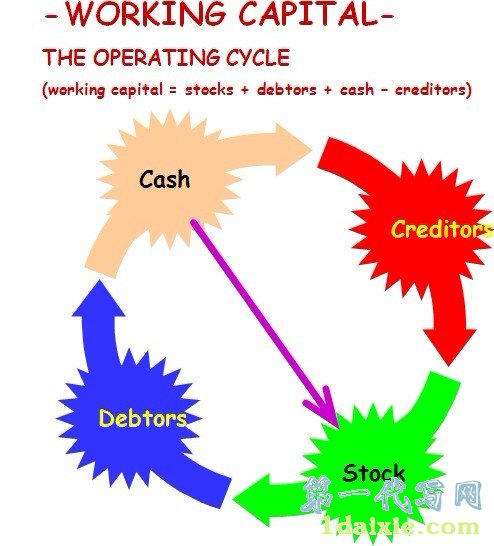代写assignment,APC309 Assignment 2010-11 The assignment has three questions. All three questions carry the same maximum mark and all three questions are compulsory.
Question 1: What are the key roles which a strategic management accountant would undertake in an organisation such as Jessup?
APC309 Assignment 2010-11 The assignment has three questions. All three questions carry the same maximum mark and all three questions are compulsory. Question 1: What are the key roles which a strategic management accountant would undertake in an organisation such as Jessup?
The aim of the assignment is to help you understand how key areas of strategic management accounting are demonstrated in practice by a medium to large organisation
This will include investigating topics from throughout the course linked to the above issues.
Some of the principles, concepts ad models will be more relevant to your chosen approach than others
Chapter 14 Strategic Cost Management
Lifecycle cost management
Target costing
Activity-based management
Business process re-engineering
Cost of quality
Cost management and the value chain
Benchmarking
Environmental cost management
Just-in-time systems
Chapter 15 Strategic Performance Management
The Balanced Scorecard ™
Internal business processes
Learning and growth
Customer
Financial
Managed through
Objectives
Measures
Targets
Initiatives
Chapter 4 Relevant Costs and Revenues
This chapter specifically addresses Assignment Question 2:
Question 2: What is meant by the terms relevant and irrelevant costs and revenues in Strategic Management Accounting decision making? Include several small numerical examples in your answer.
And will be summarised on Monday 6th/Tuesday 7th December 2010
Chapter 8 Activity-based costing
The role of cost information in pricing decisions
Price-setting and price-taking firms
Long and short-term pricing decisions
Product mix decisions
Cost-plus pricing
Limitations and reasons for using cost-plus pricing
Pricing policies
Customer profitability analysis
Chapter 9 The Budgeting Process
The strategic planning, budgeting and control process
The multiple functions of budgets
Conflicting roles of budgets
The budget process
Computerised budgeting
Activity-based budgeting
Zero-based budgeting
Chapter 10 Management Control Systems
Different types of controls
Action/ behavioural
Personnel, cultural, social
Results/outputs
Harmful effects of controls
Responsibility Centres
The controllability principle
Setting challenging performance targets
Chapter 12 Divisional Financial Performance Measures
Divisional organisational structures
Advantages and disadvantages of divisionalisation
Managerial vs economic performance
Alternative divisional profit measures
Return on Investment (ROI)
Economic Value added (EVA™)
Dysfunctional consequences of short-termism
Establishing cost standards
Purposes of standard costing:
Decision-making support
Challenging targets
Setting budgets
Control device
Profit measurement simplification
Inventory valuation
Chapter 13 Transfer Pricing in Divisionalised Companies
Purpose:
Provide information for
good economic decisions
Evaluation of economic and managerial performance
Ensuring divisional autonomy not undermined
The intentional movement of profit between locations
Methods:
Market based, cost plus, marginal cost transfer, negotiated, marginal + opportunity cost transfer, marginal cost plus a lump sum fee
This chapter specifically addresses Assignment Question 3:
Question 3: What are the benefits and problems of introducing activity based costing into an organisation such as Jessup?
And will be summarised on Friday 10th December 2010

Chapter 5: Pricing and profitability
